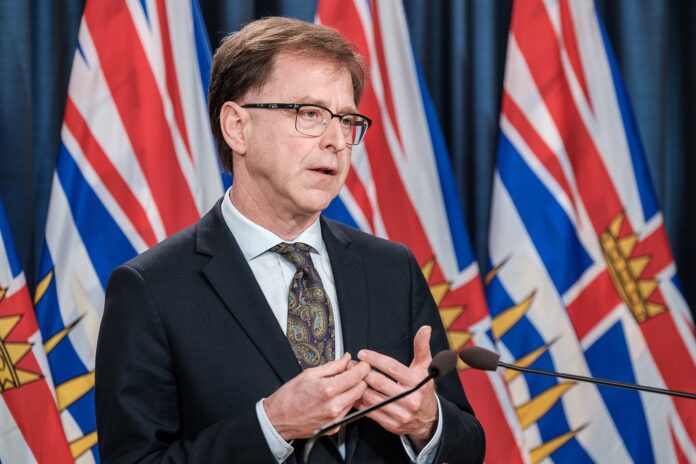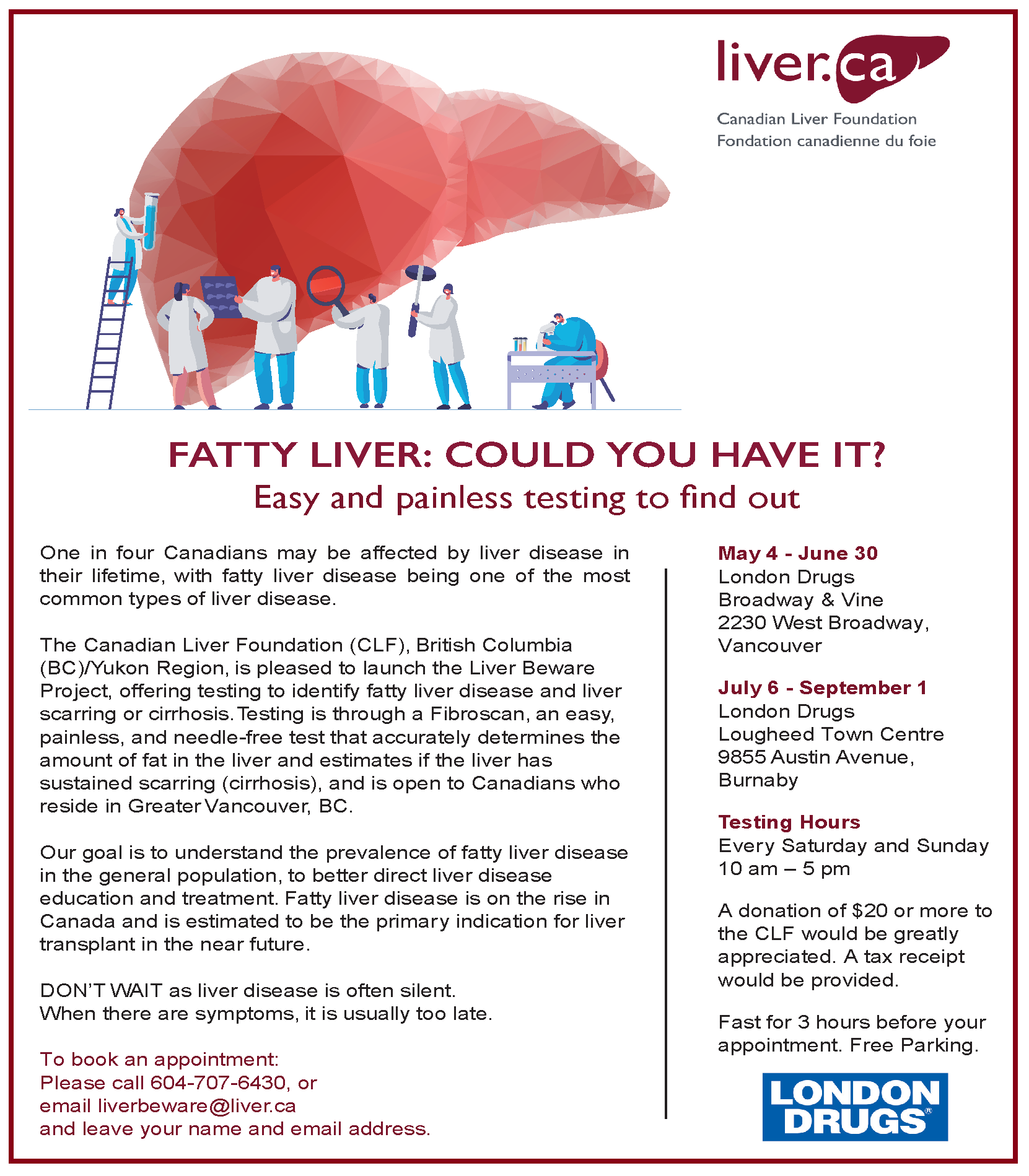PEOPLE living in 60 rural and remote communities throughout B.C. will benefit from improved ambulance paramedic staffing models that will improve 911 responsiveness, provide consistent and reliable community-based out of hospital care, and adding 271 new full time paramedic positions to the province.
“Since 2017, our government has been committed to supporting BCEHS’s work to significantly improve paramedic staffing, strengthen and transform ambulance service throughout the province,” said Adrian Dix, Minister of Health, on Thursday. “Today’s announcement by BCEHS is an important step toward providing more equitable access to care for people living in rural and remote communities, and better compensation and work environments for paramedics. I commend the collaboration by BCEHS and CUPE 873 to make things better for paramedics who provide valuable, essential healthcare service to people in B.C.”
The Province has accepted recommendations brought forward by BC Emergency Health Services and the Ambulance Paramedics and Ambulance Dispatchers of BC (APADBC), about the phasing out of the existing Scheduled On-call (SOC) staffing model towards one of three models that will better meet the specific staffing needs of individual communities.
“We are excited to be bringing these staffing model improvements to our paramedics and the rural and remote communities we serve,” said Leanne Heppell, BCEHS’ Chief Ambulance Officer. “We recognize that one staffing model doesn’t work for all parts of the province, and these three models will help us improve our services to better meet the needs of the community and patients and enable more of our paramedics to live and work in their home communities.”
The new models will transition:
- 21 communities to an “alpha” 24/7 model, which will provide more reliable 24/7 emergency response service. Communities moving to this model will have paramedics in the station on-duty three times more than with the existing model.
- 25 communities to a “mix shift” model, which will provide staff with more flexibility and better work/life balance. Communities moving to this model will have staff on-duty in the station twice as often as they do currently.
- 14 communities to a “kilo” model with a full-time permanent unit chief, which will offer more flexible staffing options to maximize local recruitment.
In addition, 55.2 FTE community paramedics will be dedicated to providing community-based care and community outreach.
In February 2023, the 2022-2025 collective agreement with the Ambulance Paramedics and Ambulance Dispatchers of BC (APADBC) was ratified. It agrees to phase out a pre-existing scheduled on call (SOC) model into one of three different models that will better address the needs of ambulance paramedics and the communities they serve.
As BCEHS transitions many part time positions to full time positions, there will be 271 full time positions added to support the new models, for an increase of 239.5 full-time equivalent.
BCEHS and APADBC have worked closely together to determine the best staffing model for each of the 60 communities and to bring forward recommendations to the Ministry of Health. This work included engagement with staff, the communities, First Nations leaders, health authorities and the APADBC. BCEHS will continue working closely with partners to address future needs of communities and make changes as needed.
“Paramedics play a major role in small-town healthcare. With this announcement, thanks to our continuing collaborative approach to improving deployment and staffing, we will see a renewed commitment to providing many new full-time resources to dozens of communities across B.C.,” said Ambulance Paramedics of BC president, Jason Jackson. “This is a fundamental change in how we provide paramedic services in these communities and will address how we respond to 911 calls, how we recruit and retain paramedics to work in smaller communities, and most importantly, how we can provide better care to our patients.“
These changes were not only brought forward by the union and government but also through consultation with local paramedic staff, health-care partners and community members. In addition, through the new models:
- BCEHS will be available to support routine transfers in the late afternoon and evenings as needed.
- Paramedics will no longer need to work for 72 straight hours, as required in the SOC model.
- Paramedics will have a better work/life balance, which means that BCEHS will be better able to ensure all communities are covered, especially in the evenings.
The success of this transformation throughout rural and remote BC leverages the new ratified collective agreement, which also increased the on-call rate of pay from $2 per hour to $12 per hour.
“Everyone deserves to get reliable access to care, no matter where they live,” said Jennifer Rice, Parliamentary Secretary for Rural Health. “This announcement will go a long way in supporting rural and remote communities and will help ensure more equitable access to health care.”
This announcement builds on other significant provincial investments to better support ambulance paramedics and dispatchers and improve services for people throughout B.C.
Since 2017, more than 1,000 new permanent full-time paramedic and emergency medical responder positions, and 42 emergency medical dispatch positions have been added.
Creating opportunities for people to join the health-care workforce in B.C. is part of government’s Health Human Resources Strategy, which was announced on September 29, 2022. The strategy supports patients by ensuring they get the health services they need and are cared for by a healthy workforce. It focuses on 70 key actions to recruit, train and retain health-care workers, while redesigning the health-care system to foster workplace satisfaction and innovation.
Learn More:
To learn more about the ratified 2022-2025 collective agreement, visit: https://news.gov.bc.ca/releases/2023FIN0011-000189
Breakdown of the communities transitioning away from the Schedule-on-Call staffing model
BCEHS and APADBC have worked closely together to determine the best staffing model for each of the 60 communities and to bring forward recommendations to the Ministry of Health. This work included engagement with staff, the communities, First Nations leaders, health authorities and the APADBC.
Stations with the 24/7 Alpha shift model means the communities will have at least 8 full-time paramedics in the stations, and staff will be on-duty 24 hours a day. Communities transitioning to 24/7 Alpha are:
- Gabriola Island
- Gold River
- Quadra Island
- Boston Bar
- Bowen Island
- Bella Coola
- Maderia Park
- Clinton
- Logan Lake
- Lumby
- Alexis Creek
- Midway
- Fruitvale
- Salmo
- McBride
- Mackenzie
- Village of Daajing Giids
- Masset
- Dease Lake
- Fraser Lake
- Tumber Ridge
Stations with the Mix Shift model means staff will have 8 regular part time staff in the stations, and staff will be on-duty in the station for 16 hours each day and have 8 hours being on-call. Communities transitioning to Mix Shift model are:
- Alert Bay
- Mayne Island
- Pender Island
- Port Renfrew
- Galiano Island
- Sayward
- Tahsis
- Ucluelet
- Cortes Island
- Denman Island
- Port Alice
- Bella Bella
- Texada
- Anahim Lake
- Lytton
- Elkford
- Greenwood
- Kaslo
- New Denver
- Riondel
- Rossland
- Winlaw
- Granisle
- Southside
- Hudson’s Hope
Stations with the On-Call shift with a unit chief will have a full-time unit chief and staff that are on-call. Communities transitioning to this model are:
- Sointula
- Zeballos
- Seton Portage
- Gold Bridge
- Blue River
- Edgewood
- Field
- Bear Lake
- Wells
- Stewart
- Port Clements
- Kitwanga
- Sandspit
- Atlin
In addition, 55.2 community paramedic FTE’s will now be dedicated to providing community-based care and community outreach because with increased staffing they will no longer be required to respond to 911 calls as previously required in the SOC model.













